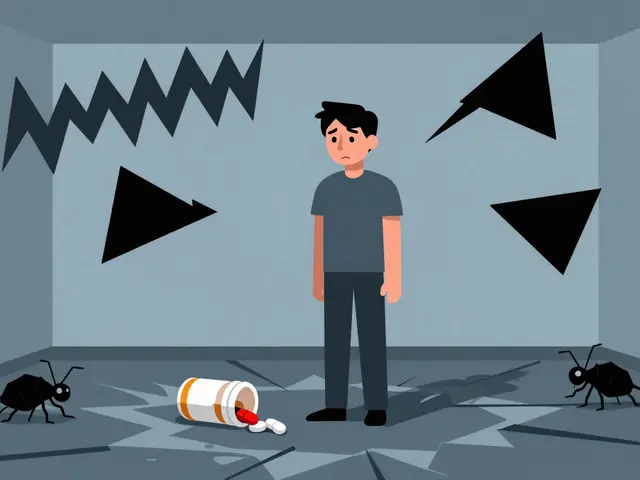Clotrimazole: What it treats and how to use it
Clotrimazole is a common topical antifungal you’ve probably seen in drugstores. It treats skin fungi like athlete’s foot, jock itch, ringworm, and many cases of vaginal yeast infection. The medicine works by stopping the fungus from growing on the skin or mucous membranes. That makes it useful for a lot of everyday fungal problems.
How to use clotrimazole safely
Use only the form made for the area you’re treating. Creams, lotions, powders, and sprays are for skin. Vaginal creams or tablets are made specifically for yeast infections inside the vagina. Wash and dry the area before applying. For skin infections, apply a thin layer to the affected area and a little around the edges once or twice daily as the product label says.
Stick with the full course even if you feel better after a few days. Skin infections often need 2–4 weeks of regular use to clear. Vaginal preparations vary: some need one night, others run 3–7 days. Follow the label or your doctor’s instructions exactly.
Do not use clotrimazole on open wounds, severe burns, or large infected areas without medical advice. Don’t mix it with other topical medicines unless a clinician tells you to. If you use condoms, check the product label—some formulations or added oils can weaken latex.
Side effects, storage, and buying tips
Most side effects are local: mild burning, itching, redness, or irritation where you applied it. If you get a rash, swelling, or breathing problems, stop and seek emergency care—those are signs of an allergic reaction. Systemic side effects are rare because topical clotrimazole has low absorption into the bloodstream.
Store clotrimazole at room temperature, away from heat and direct sunlight. Keep it out of reach of children.
Buying online? Pick a licensed pharmacy or a well-reviewed retailer. Check the active ingredient and expiration date on the product page. Avoid unusually cheap or unbranded options that don’t list where they ship from. If a product needs a prescription in your country, don’t try to bypass that—get a proper consultation instead.
When symptoms don’t improve after a full treatment course, get checked. Also see a doctor if the infection spreads, looks infected (pus, severe redness, fever), keeps coming back, or if you’re pregnant, breastfeeding, or have a weakened immune system. For persistent or unusual symptoms, a clinician may need to confirm the cause and suggest a different antifungal or an oral option.
Clotrimazole is a useful, low-risk antifungal for many common problems when used correctly. Follow the instructions, watch for irritation, and seek medical advice if things don’t improve. That way you fix the problem and avoid unnecessary delays or complications.
As a blogger, I recently looked into the science behind Clotrimazole and found it quite fascinating. Clotrimazole works by inhibiting the production of ergosterol, a vital component of fungal cell membranes. In doing so, it weakens the fungus's protective barrier, eventually leading to its demise. It's commonly used as a topical treatment for fungal infections like athlete's foot, ringworm, and yeast infections. I'm truly amazed at how this powerful antifungal medication can help fight off these pesky infections!
Continue reading...





